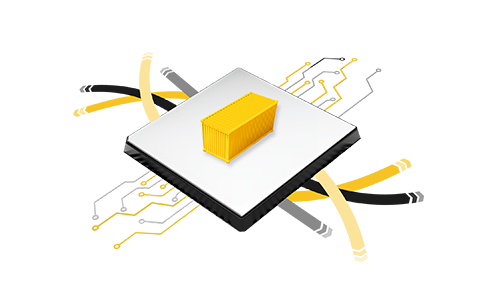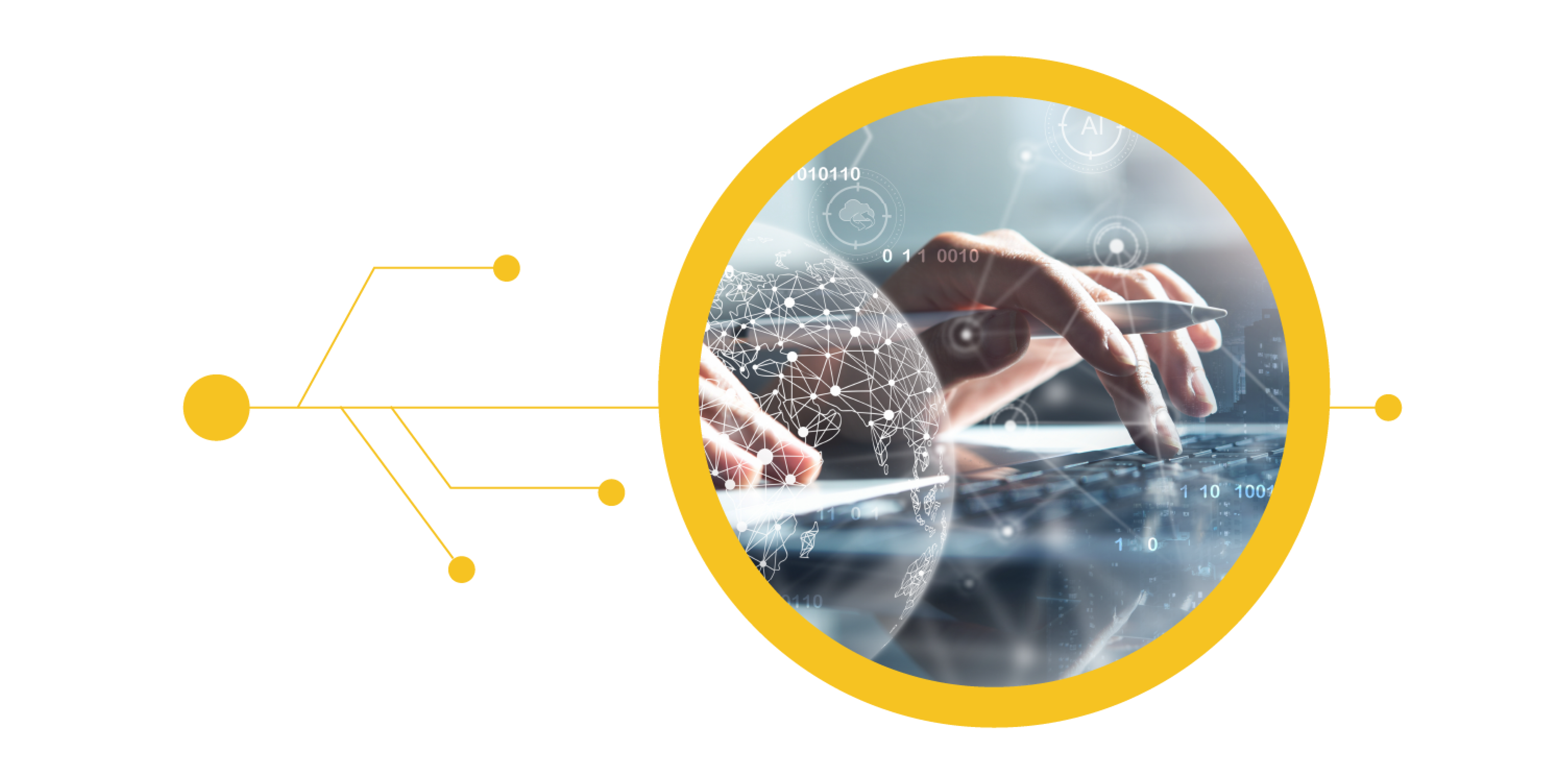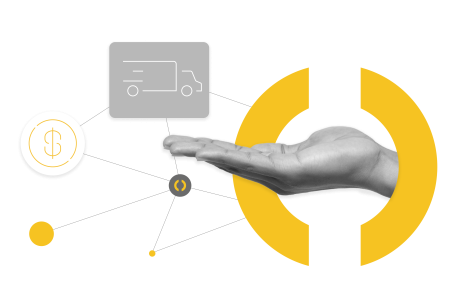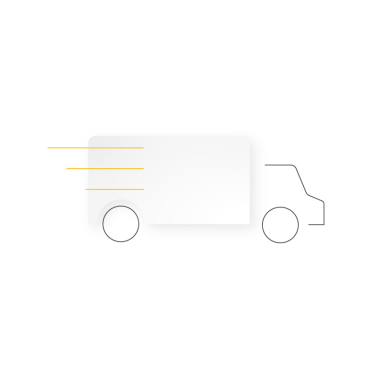- How does AI adapt to market conditions, such as price increases and decreases?
- How does Autonomous Procurement set freight rates?
- How can customers ensure that Autonomous Procurement generates savings year after year, compared to spot market?
These are just a few of your questions, handpicked by leading industry analyst Adrian Gonzalez and fired at our Director of Business Consulting, Jan Rzehak, for the latest episode of Transporeon Journal 10 Questions on...
Keep reading for the summary with the session’s key questions, to find out how this data-driven approach will transform your spot procurement and help you achieve significant savings in both cost and effort.
Key questions answered for you
-
How can the procurement process be 'autonomous'? How is it automated?
Jan Rzehak (JR): I talk to a lot of customers and some say that autonomous sounds scary, because they might be losing control over their procurement processes. But that's not the case with Autonomous Procurement. You stay in control, because you define the boundaries and you define the range. The system then predicts a price within that range, using AI.
Then all that's needed is for carriers to click ‘Match Now’.

"In a nutshell, the system makes instantly acceptable offers to the carriers. That's a big difference from the classic approaches."
-
What’s the difference between the traditional spot procurement and autonomous procurement?
JR: Look at the classical bid collection process. A shipper puts a load on some kind of spot bidding platform and then you have to wait for the carriers to analyze it. Then as the bids come in, after an hour or two, you make a selection. But it's also not always optimal for the carrier side, as they don’t know if they will get awarded or not.
Autonomous Procurement flips that process upside down. It starts with predicting an offer that seems to be acceptable by the carrier. And over time, it's going to increase those offers. Then, the first one who hits the ‘Match Now' button will get awarded instantly. So it also makes it very attractive for the carrier side.
-
How does Autonomous Procurement set freight rates and find capacity?
JR: It starts with historic information. You can use the system without historic information, as the systems are smart and will learn over time, but the more historic information on your freight and spot rates that you can put into the system, the better.
We also need a walk away price, which is not shown to the carrier. Like I said at the beginning, these are the boundaries in which you allow the system to make decisions on its own. The more you use the system, the more it will learn which carriers typically accept and at what price. So it gets smarter and smarter over time.
AI is probably the most over-used term these days, but this really is AI in action. And it’s with this process, you can achieve automation. Recently, one of our customers confirmed that they automate 95% of their loads like this, using this simple process.
-
What's the carriers’ response to Autonomous Procurement? Are they supportive or resistant to it?
JR: The feedback is quite positive. Let's look at it through the perspective of the carrier. I always like to use this example. Imagine you're a dispatcher with an empty truck for tomorrow, seeking a load at 4 p.m. The perfect load appears on a classic spot bidding platform and you place an aggressive bid of €400. You are sure you're going to get awarded, so you make plans for the evening. Just before you leave the office at six, you double check to see if you have been selected and, guess what? Someone else was even more aggressive than you. So what happens now is your working day continues, as you can't leave your truck empty.
You probably end up finding a load at €300. Now, if you would have given the chance at 4 p.m. to accept that load at €390, you would probably have taken it. And then you could have enjoyed your evening. The 'Match Now' functionality prevents this situation, by offering carriers immediate load acceptance.
-
How can we monitor the savings generated by Autonomous Procurement vs Best Carrier, during the life of the contract?
JR: Avoid comparing Best Carrier prices from one period, e.g., January-February, with Autonomous Procurement from another, like March-April, as market volatility can skew results. Instead, use a randomizer to split odd and even transport numbers between Best Carrier and Autonomous Procurement for the same lanes and timeframe. A six-week duration is a best practice for this test, resulting in significant savings ranging from 7% to 12% compared to your current spot approach.
-
How does Autonomous Procurement decide what price to offer the carriers at any given time? And how does it set different offers for different carriers?
JR: In a nutshell, the walk-away price is the highest you're willing to pay, but you don't begin there; you start lower. What you aim to optimize depends on your goal. For instance, if you want to secure capacity quickly, you might start at €400. If a carrier accepts right away, that's great. But the system may realize €400 is too high and suggest €380 for the next time.

"Autonomous Procurement predicts an initial price and adjusts it based on carriers' responses, with each carrier having a unique strategy for price increases. This process continues until a carrier accepts the offer."
AG: It sounds like this is machine learning in practice. It's using the data in the system and the behaviors in the system to come up with that initial predicted price. And then based on the characteristics of individual carriers, that price can be adjusted, based on the historical factors of that carrier.JR: And on their behavior. For example, if a carrier is logged on throughout the day, we will probably increase the price in smaller intervals, say every 15 minutes. But if a carrier is logging into the system twice a day, we want to probably increase the prices in bigger intervals, but over longer time periods. It’s this machine learning that will help the system to understand how carriers use the system and make offers according to their behavior, in order to find a carrier that is tempted to hit the button.
-
Can carriers learn how the system works and try to game the system, to try to drive up the cost? And is there any way for the system to prevent this?
JR: Of course, carriers will learn how the system works. They will learn that over time the prices increase. But the point is, the longer you wait, the more likely it is that the price will increase. Also, there are other carriers who might hit the button in between. So, the system adapts its strategy, so it's not always the same interval. Each shipment has an individual strategy, based on the lane, type of vehicle, service level requirements and all those kinds of things. So yes, carriers will find out that the system increases the prices over time. But due to the competitive nature of the system, there's no chance for carriers to cheat it.
-
How could customers, make sure that year after year this tool still generates savings compared to the spot market?
JR: Well, theoretically, you could go back and do a reverse AB comparison. But so far I've not heard about this in practice. There are better ways of getting insights to what's going on in the market. Our Market Insights product, for example, even goes down to a ZIP code level, at least for road Europe.
So I think, you could go back to your classic approach just to double check if you're still generating the savings compared to your Best Carrier or the other classic approach that you're using. But it's not recommended. I would use other tools to see what's going on in the market and if I'm above or below.
-
How does AI adapt to market conditions, such as price increases or decreases, and how quickly can it adapt?
JR: I would say immediately. If you put a shipment and no one is hitting the ‘Match Now’ button, the price will increase. The system learns almost instantly that capacity is getting tighter, so it will try a higher price next time, in order to ensure that you still get the capacity as fast as possible.
-
Can the platform be integrated with shippers’ TMS?
JR: Short answer, yes. It's part of our overall Transporeon Transportation Management Platform. So if you're a Transporeon customer, it's probably easier because it is are already linked to your IT landscape. We have standard integrations with the major TMSs out there — also smaller ones — and there's obviously a standard API available. But it can be used as a standalone. So if that is the only product you want to use at this point in time, it's possible.





